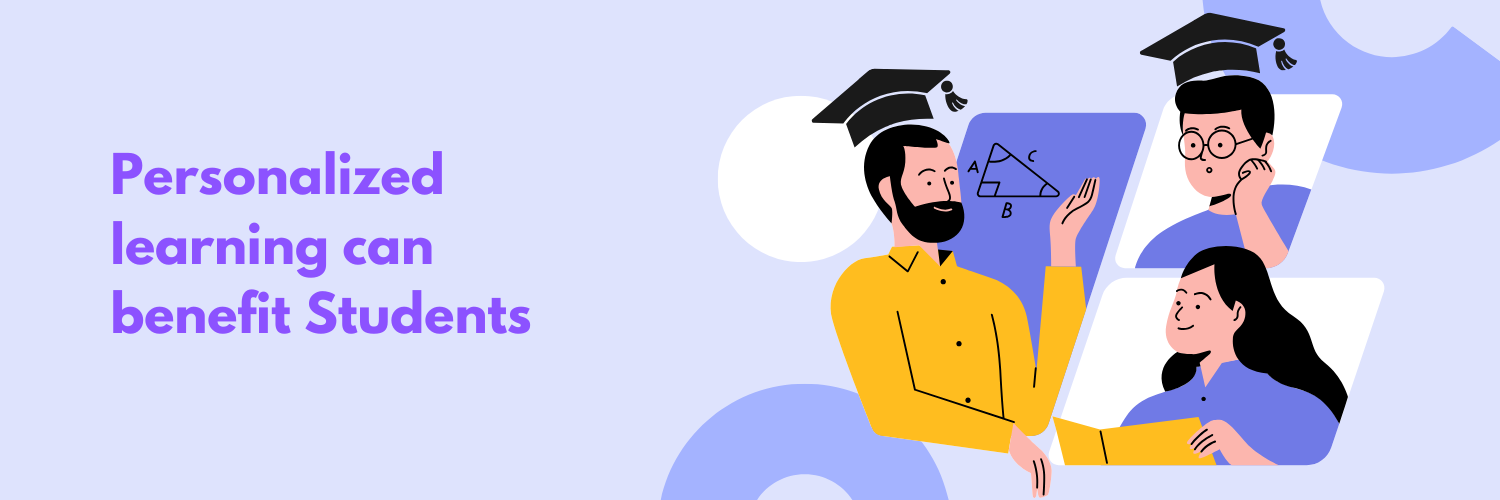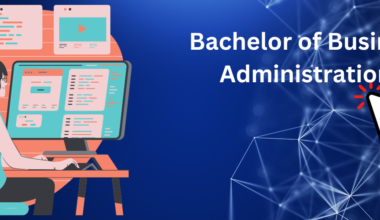Personalized learning is changing the way people learn in India by letting teachers better meet the individual needs of each student.
A study from KPMG and Google says that India’s online education market will grow to USD 1.96 billion by 2021.
This is because more and more people want personalized and flexible ways to learn. Traditional ways of teaching don’t always work for all of the different ways and speeds that students in the country learn. This change is caused by this understanding.
In fact, Instructure study shows that more than 80% of Indian students think that personalized learning can help them do better in school. These needs are well met by personalized learning, which uses technology, individualized teaching, and flexible learning paths. Also, 50% of Indian teachers say that personalized techniques make students more interested, so it’s clear that this method is making the classroom more lively and welcoming for everyone.
We’ll talk about how personalized learning is good for students in this blog.
What does personalized learning mean?
Personalized learning makes sure that each student gets the right kind of help based on their needs, pace, and hobbies. To make sure that every student gets the help they need to do well, this method uses a variety of teaching methods, adaptable tests, and technology. It’s a plan that focuses on the student, letting them go at their own pace, pick the way they learn, and get feedback in real-time.
Key Benefits of Personalized Learning
Allows students to move at their own speed
Students can go at the speed that works best for them, which is one of the best things about individual learning. When students are in a traditional school, they all have to follow the same schedule, which might not work for their different learning speeds. The RAND Corporation did a study that showed students in personalized learning programs did 3% better in reading and math than students in regular classes. Being able to change the pace based on your own progress is important for getting good at hard subjects and not getting frustrated.
Encourages students to take charge of their own learning
Personalized learning gives students the tools they need to be involved in their own education, which helps them develop a sense of freedom and responsibility. According to a study from the Gates Foundation, students who are in personalized learning environments are 50% more likely to feel like they own their education. This makes them more interested and motivated to learn. This freedom makes people feel more confident, which leads to better grades and long-term success.
Helps students learn useful tech skills
Technology is an important part of individual learning because it helps students learn skills they will need in the 21st century. Personalized learning lets students use tools like learning management systems (LMS), interactive simulations, and coding platforms. This is important because more and more jobs require digital skills. A report from the World Economic Forum says that 65% of students starting primary school today will work in jobs that don’t exist yet. This shows how important it is to teach students how to use technology.
Allows students to learn from each other
Personalized learning meets the needs of each student, but it also motivates students to work together and learn from each other. In fact, more than 70% of students say that working with others helps them understand difficult ideas better in personalized learning settings. Group projects, discussion-based learning, and group feedback help students improve their teamwork and communication skills, which prepares them for work in the future.
Avoids problems that come up with standard tests
People often say that standardized tests don’t show how well a student really does in school. In personalized learning, testing is flexible and ongoing, with the goal of focused on mastery rather than a single performance. According to research, students in personalized learning settings do better than their peers by an average of 8 percentile points. This shows that this method helps students understand and remember things better. Students can focus on their own learning without the stress of standardized tests if they don’t have to take rigid tests.
Helps students get ready for the new economy
As the world economy moves toward fields that depend on technology, creativity, and handling problems, personalized learning helps students get ready to do well in these areas. Dell Technologies did a study that says 85% of the jobs that will exist in 2030 have not been thought of yet. This shows how important it is for students to be able to learn in new and different ways. Personalized learning helps students develop skills like critical thought, creativity, and the ability to adapt, all of which are very important in today’s job market.
Gets students more involved
Students who are interested are more likely to do well in school. Lessons in personalized learning are made to fit each student’s hobbies and strengths. This makes learning more fun and useful. According to a poll by Gallup, students are twice as likely to be interested in their studies in personalized learning spaces as they are in traditional settings. This increased interest leads to better memory and performance in school.
Takes into account different ways of learning
You can’t teach everyone the same way. Personalized learning takes this into account by adapting lessons to fit different ways of learning, like hearing, seeing, or touching. Personalized learning helps students with different learning needs by letting them take in knowledge in ways that work for them.
Problems with personalized learning
It’s clear that personalized learning has benefits, but there are some problems that need to be fixed for it to work:
- Demands on Resources: Personalized learning needs more resources, like technology, time, and training for teachers. For this method to work well in schools, they need the right infrastructure.
- Workload for Teachers: Making individualized lesson plans for each student can add to a teacher’s workload. Schools need to give teachers the training and tools they need to do their jobs well with this duty.
- Digital Divide: For individual learning to work, everyone needs to be able to use technology. To make personalized learning truly inclusive, the digital gap needs to be closed so that all students have equal access.
Conclusion
Personalized learning is changing the way we learn by focusing on each student’s unique skills and needs. This method not only helps students do better in school, but it also helps them learn important 21st-century skills like how to work together, solve problems, and be flexible. As technology improves, personalized learning will become an even more important way to get students ready for a world that changes quickly.
Because it lets students go at their own pace, encourages them to take the initiative to learn, and goes beyond the limits of regular tests, personalized learning makes learning more open, interesting, and useful for everyone. Personalized learning helps students get ready for the changing job market by focusing on skill improvement and the development of important tech skills.
To make people flexible, sure of themselves, and tech-savvy, schools and colleges should keep putting money into personalized learning methods. The best college for UG and PG courses will give students a complete, personalized education that sets them up for future success if they are looking for schools with this forward-thinking attitude.





